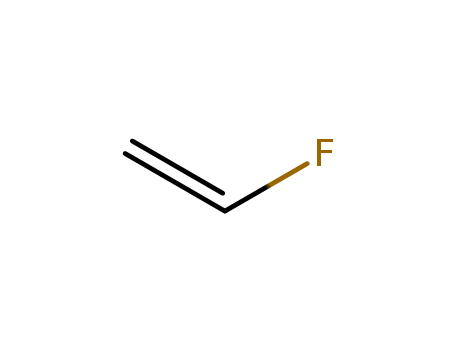10.1016/S0040-4039(00)97869-9
The study presents a novel and efficient method for synthesizing vinyl fluorides via a two-step process. The key chemical involved is diethyl 1-fluoro-1-(phenylsulfonyl)methanephosphonate (1), which is generated in situ from fluoromethyl phenyl sulfone (2). This carbanion (1) undergoes a Horner-Wittig reaction with various aldehydes and ketones to produce a-fluoro-a,?-unsaturated sulfones (8). The phenylsulfonyl group in these sulfones is then reductively removed using amalgamated aluminum to yield the desired vinyl fluorides. The method is notable for its generality and ease of synthesis, as demonstrated by the successful conversion of a range of aldehydes and ketones, including acetophenone, into vinyl fluorides. The study also highlights the importance of careful reaction monitoring, especially with base-sensitive compounds, and the optimization of conditions to achieve high yields.
10.1111/cbdd.12566
This study investigates the potential of [1,2,4]triazolo[1,5-a]pyrimidine derivatives as selective inhibitors of Leishmania (Leishmania) amazonensis arginase, an enzyme crucial for the parasite's polyamine and trypanothione biosynthesis, making it a promising drug target for leishmaniasis treatment. The researchers synthesized and tested twenty-nine [1,2,4]triazolo[1,5-a]pyrimidine derivatives, focusing on the impact of different substituents at the 2-, 5-, and 7-positions. The compound 2-(5-methyl-2(trifluoromethyl)-[1,2,4]triazolo[1,5-a]pyrimidin-7-yl)hydrazinecarbothioamide (30), featuring a CF3 group at the 2-position and a hydrazinecarbothioamide at the 7-position, emerged as the most potent arginase inhibitor, exhibiting non-competitive inhibition with Ki and IC50 values of 17 ± 1 μM and 16.5 ± 0.5 μM, respectively. This compound selectively inhibited the parasite's arginase without affecting mammalian arginase, suggesting its potential as a lead compound for developing new anti-leishmaniasis drugs.





